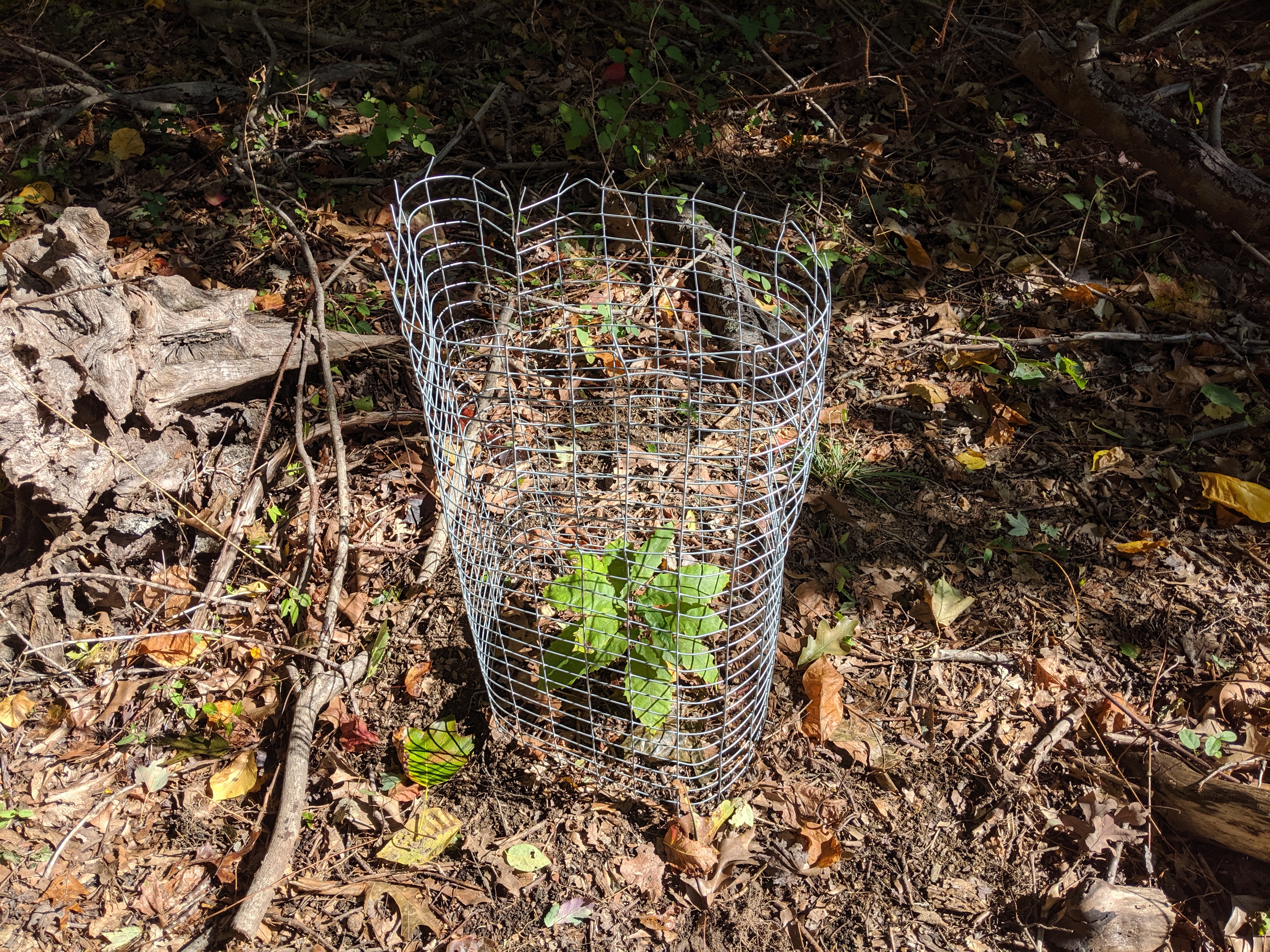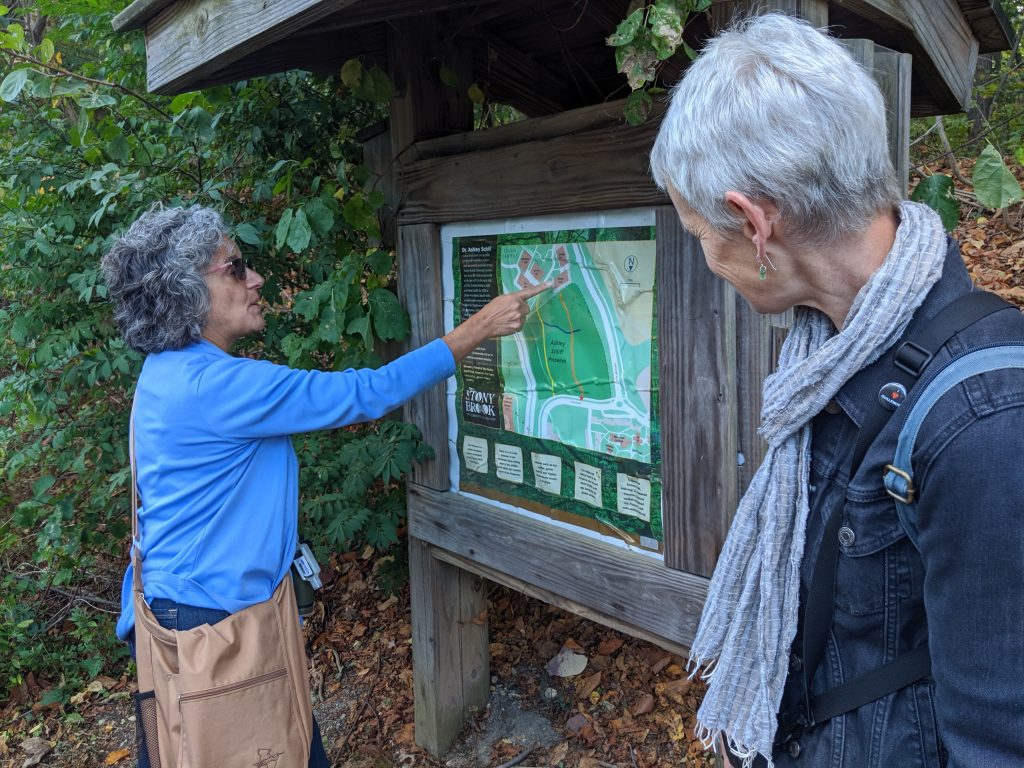A previous version of the this collaborative article was published on The Statesman.
When Stony Brook University decided to bulldoze the tallest conifer tree on campus in the 1960s, political science professor Dr. Ashley Schiff chained himself to its trunk, according to campus lore.
His nephew remembers waking up to a phone call in the middle of the night at his home in Brooklyn. It was a plea from Schiff’s wife to Ashley’s twin brother, asking him to convince Ashley to unchain himself.
Though the tree is long gone and Schiff’s widow does not remember the incident, it propelled Schiff into Stony Brook legend.
The 1960s was the era of the Vietnam War and flower power, of civil rights protests and campus drug raids. But despite all the chaos, Ashley Schiff was known for always leaving his door open — and for his staunch environmentalism — at a swiftly expanding university vying to be the next Harvard.
When Schiff died suddenly at the age of 37 in 1969, the loss of a beloved professor, husband and father of three shocked the Stony Brook community. Students insisted on honoring him and, with the support of the university president, created the Ashley Schiff Preserve.
The 26-acre forest sits across from Roth Quad, along the outer edge of Circle Road. Professors teach along the trails, and students hike through the woods. Naturalists have found endangered plant species sprinkled throughout, and geologists value its untouched terrain as a lingering testament to Long Island’s glacial formation.
But 50 years after the land was set aside, the preserve still lacks legal protection. Though local environmentalists have fought for decades to make it a state park, their efforts have always fallen short.
Now, activists are once again pushing to make the park truly “forever wild.” The Environment Committee submitted a resolution to the Faculty Senate on Monday, calling on the administration to implement and support permanent protection for the preserve. It was passed unanimously and now hinges on approval from the university administration.
“We’re hoping some president will be bold enough to say, ‘I’m not going to build on it, and nor will anybody else,’” said Sharon Pochron, the president of the Friends of the Ashley Schiff Preserve, an organization formed after Schiff’s death to maintain the forest. The Friends encourage professors to use the preserve for their classes, celebrate major milestones and press the administration to approve protection more official than in name only.
Heavily emphasized in the resolution to protect the preserve is the site’s intrinsic historical value, especially as a testament to Schiff’s influence on the university in its early years.
Stony Brook University was less than 10 years old when Ashley Schiff joined its political science faculty in 1964.
Schiff was most known at Stony Brook for his tenure as the master, or faculty advisor, at Cardozo College, where he “provided the residents with a seemingly unending flow of celebrity guest visitors, with a calendar of educational events unmatched by any of Stony Brook’s twenty other residential colleges,” according to an obituary published in The Statesman.
“He felt that it should be a place of stimulating ideas and intellectual fertility, rather than just entertainment,” Schiff-Shannon said — his obituary in The Statesman claims he once refused to bring a belly dancer to the college, as his students requested, because it was not an educational experience.
George Locker, a former student of Ashley Schiff’s and an original resident in Cardozo, said. “[Students] respected him because he believed in brutal honesty. He believed in facing a situation or an idea directly. And without compromise. That’s what set him apart.”
Schiff often butted heads with then-University President John Toll over the continued development of the campus, according to Schiff-Shannon.
“The campus was beautiful then — and the bulldozers were going around ripping it up,” Schiff-Shannon said. “He was very emotional. This really bothered him.”
But even amidst the fervor of development, Schiff pushed to preserve natural spaces on campus. He took his students on “bramble rambles” in the woods during class, and his son, Philip Schiff, vividly remembers his father taking him to plant narcissus bulbs around Schiff’s office, and azaleas and crab apples near Roth Pond.
Schiff was “one of the most prominent voices” advocating to make the campus a little more natural, according to Michael Schrimpf, a former president of the Friends of the Ashley Schiff Preserve.
“That was very forward thinking,” Schrimpf added. “Nowadays, we pride ourselves on being a green campus. That wouldn’t have been possible without Ashley Schiff.”
His death was a blow to the fledgling campus. Schiff went to Mather Hospital with what seemed like a minor illness in late September, and was gone shortly after, on the morning of Oct. 1.
“We were a young campus. And most of the faculty was rather young,” Myers said. “Nobody had ever experienced anything like this. Most of us had never even had a death in our families.”
To console the grieving campus, the university offered to name a building after Schiff. Students rejected the idea.
“That was exactly what you shouldn’t do for a guy like Ashley Schiff, and so we came up with the idea of protecting a piece of the woods that was just south of Roth Quad,” Locker said. “We thought it was most in keeping with who he was.”
Toll signed off on the idea. The Friends of the Ashley Schiff Preserve was formed soon after, to manage the area and educate the campus about its importance.
Part of why the preserve is so treasured is its ecological significance; it’s a snapshot of what North Shore forests may have looked like a hundred years ago. Oaks, maples and tulip poplar trees tower over an understory of cinnamon ferns, sweet-smelling cherry birches and an unusually large population of maple-leaf viburnum. Trees felled by storms or other natural causes become rife with fungi like chicken-of-the-woods. Close to the soil grow clusters of trailing arbutus, or mayflowers, and small spotted wintergreens, frosty white in the centers of their leaves.


The forest also houses the remnants of an historic treasure: the stumps of American chestnut trees — which were wiped out by an infectious fungus nearly a hundred years ago — sending up new sprouts that inevitably become infected and die down again. Researchers have been crossbreeding American chestnuts with blight-resistant Japanese chestnuts to try and bring the species back; two such hybrids are planted in the Ashley Schiff preserve.
The animals that call the preserve home include herds of white-tailed deer, foxes, opossums and raccoons; it’s also a known pit stop for migrating songbirds. Noisy bluejay pairs, often imitating the cries of their neighbor hawks, are major distributors of acorns. Red-tailed hawks patrol the skies, and a pair of Cooper’s hawks, small forest raptors, have nested in the preserve the past five summers to rear chicks.
The preserve’s irregular topography is also of interest to geologists; like most of the landscape of Long Island, the hills and ravines of the preserve were formed by a glacier.
“Near Tabler you can see it, but you have to have really good eyes. They smoothed it all out,” geology professor Gilbert Hanson said. “In the Ashley Schiff park preserve, you can actually see the features, the ridges and valleys.”
Hanson takes his students into the preserve to study its sediments, and has also overseen research on the American chestnut sprouts within. According to him, there are more than 100 sprinkled throughout the woods.

The preserve has been a hotbed of research and projects. In 2016, three engineering students proposed a set of stone steps to combat erosion on a trailhead’s steepening slope. Hogyeum Evan Joo, an alumni representative and the web manager of the Friends’ website and Facebook page, conducted a study before he graduated to test how many students knew about the preserve. Only about half of students polled had heard of the preserve, but more than 80% said they supported the protection and preservation of the forests.
David Taylor, the education chair of the Friends of the Ashley Schiff Preserve and an assistant professor of sustainability, takes his students into the preserve to help them connect with and reflect on nature.
He maintains that every major, from the arts to humanities to STEM, can find something in the preserve that will benefit them. “That little 26-acre-[forest] might be a place for us to restore something that also makes us healthy, both as students and faculty and all of us who work here.”
The preserve is also something of a “gateway park” to more intense hiking, according to Pochron. She’s known students from the city who discovered a love for the outdoors after walks through its trails.
But despite its many uses, the preserve still has no official protection. Its “forever wild” designation is in name only, and the promises of presidents to leave the land alone would ring hollow if any of their successors reversed course.
The preserve, which was originally 28.2 acres, lost six percent of its land in 1998, according to The Statesman. Land was cleared to make way for Nassau and Suffolk Hall, and to widen Circle Road.
New York State Assemblyman Steven Englebright of Setauket has put bills forward to designate the preserve a state park, most recently in 2016, but each attempt was met with obstacles or resistance. The assemblyman said he needs the support of the university president for the bill to go through. But while each president has lent a willing ear, he said, none have been willing to “bind the hands” of future presidents and declare the 26 acres permanently off-limits for development.
Englebright worries it might be only a matter of time before a president who values parking lots over parks comes along.
“Sometimes you get a person who really is not deserving of the kind of trust that goes along with being the steward of the entire campus,” he said. “Rather than wait for that awful possibility, I’d like to see it designated in a permanent capacity that would make it virtually impossible for it to ever be disturbed or ruined.”
The preserve turned 50 on Oct. 9. To celebrate, more than 60 people attended a ceremony at the Wang Center on Oct. 4. Suffolk County legislator Kara Hahn gave a speech, and the Town of Brookhaven also declared Oct. 4 to be Ashley Schiff Day.
At the celebration, Pochron pointed out that Schiff-Shannon sometimes says that though history is great, people rarely talk about what Schiff wanted to do.
Before he died, Schiff was working on another book about controlled burning. And he was already in talks with administrators about setting aside a preserve on campus.
The idea of the Ashley Schiff Preserve had already been born — by none other than Ashley Schiff himself.




Comments are closed.